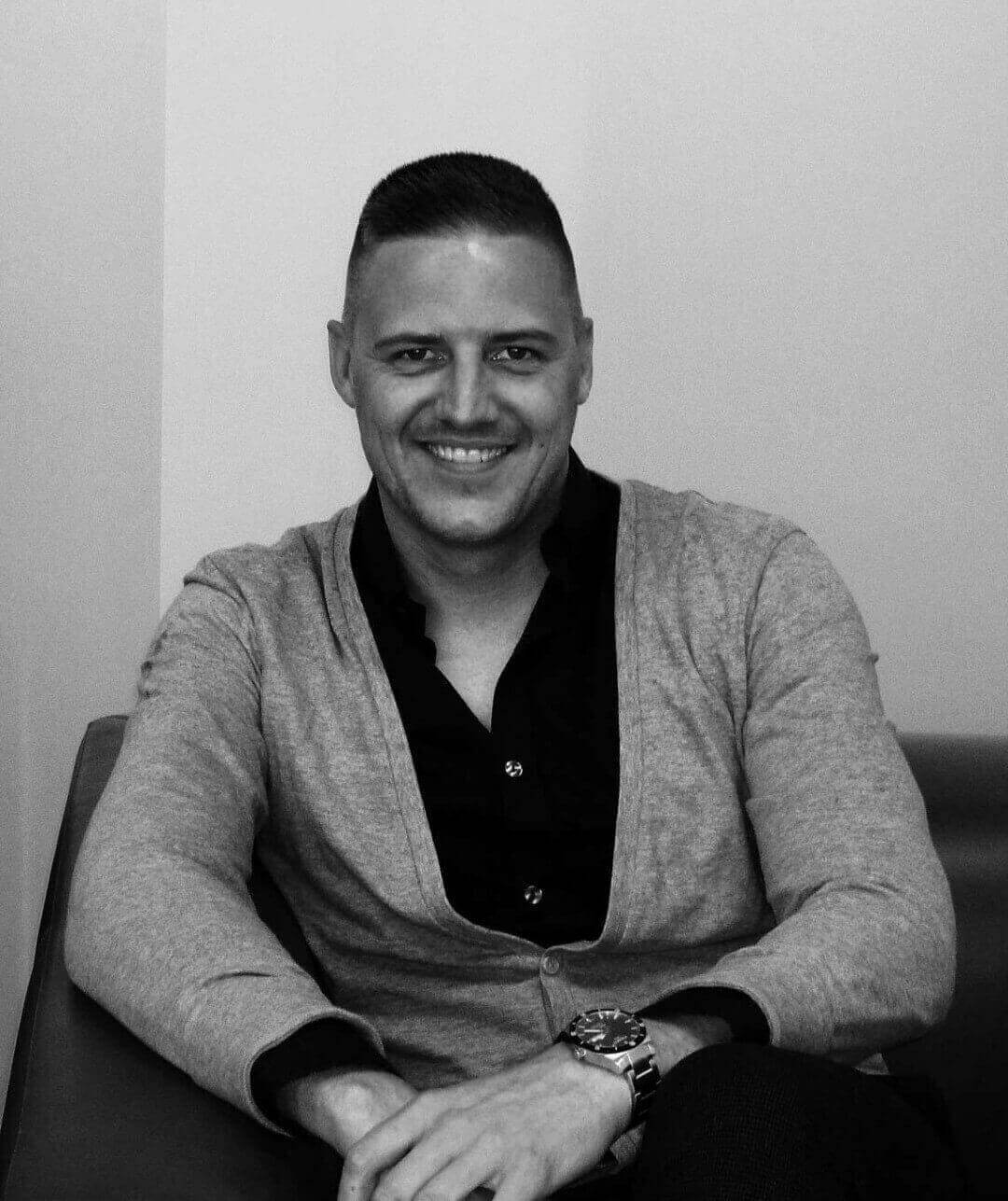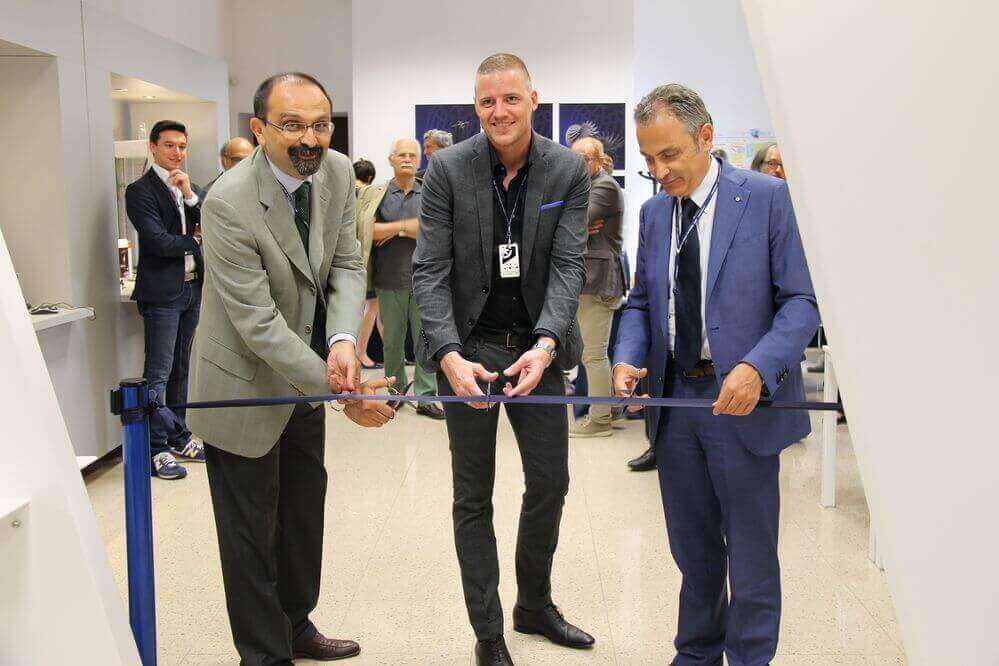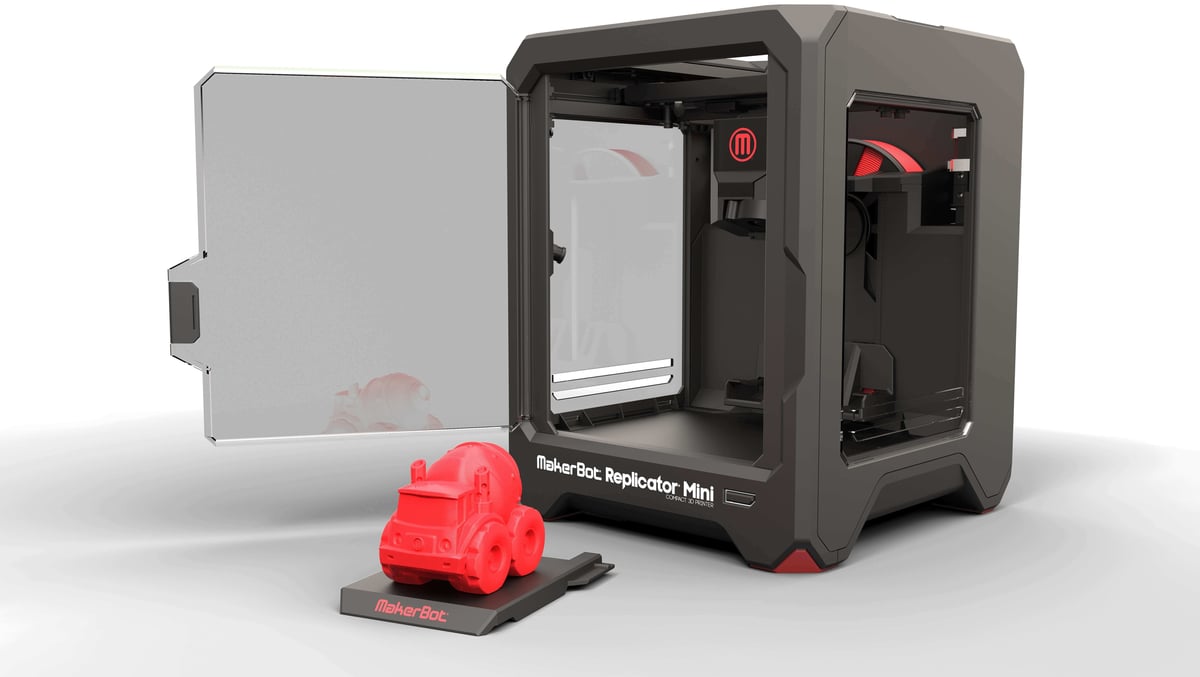ALL3DP speaks with MakerBot Europe General Manager Andreas Langfeld about integration with Stratasys, and their strategic focus on the education market.
But the company remains optimistic about the future, with a focus on tighter integration with parent company Stratasys, and greater quality control for their desktop 3D printers. And perhaps most importantly, the shift away from installing a 3D printer in every home, and greater emphasis on installing a 3D printer in every classroom.
ALL3DP chatted with MakerBot Europe General Manager Andreas Langfeld about taking the reins of the EMEA region, their efforts in the education market, and the most useful thing he’s 3D printed.
Q: So you’ve been running MakerBot Europe for the past six months, now? What’s your assessment of how it’s gone so far?
Joining Objet in 2009, I come from the higher end of the product portfolio. My last position was VP of Finance and Operations at Stratasys EMEA. Entering the desktop space as General Manager of MakerBot Europe in May, I had to go through a learning phase. It does not mean that it was all new to me but we have different market dynamics and a different general landscape. So I had to get to know the general landscape, our set up, or the marketing initiatives we do.
To enhance the business, the objective is to integrate MakerBot EMEA successfully into Stratasys to make sure that we walk the talk, and to show that we are a 3D printing solutions company. We do not only sell different pieces of equipment somehow; we offer the whole range of solution of Stratasys including MakerBot as a very nice complementary product.
Q: So you’re envisioning MakerBot as a gateway to more elaborate solutions from Stratasys? Is that the idea?
It’s not necessarily a gateway. In some cases, it is a door opener because you have companies that do not like changes. But a change that doesn’t really hurt is to start with MakerBot in the early design stages, to enhance your applications internally, and then move to the Stratasys product.
We see MakerBot as a complementary product for many customers in the industry who already have high-end systems for high-quality prototypes like Fortuses or Objet Connexes. What they are missing in their workflow is the high-quantity iterations. The more you iterate at the beginning of the development process, the more likely your production will work smoothly in the end. There’s nothing worse than starting the production phase and realizing there is a mistake that brings you back to design stage. It costs a lot of time and money.
Furthermore, and in addition to accessibility in the industry, we have a strategic focus on education. It will be crucial for the industry that the students of today know how to use 3D printing in the future. With our approach and the education handbook “MakerBot in the Classroom” at hand, 3D printing can easily be integrated into the curriculum of schools to ensure that students acquire the skills that will be needed in the upcoming years.
“MakerBot in the Classroom” explains the fundamentals of 3D printing: how does it work, how do you get from a concept to a model, what are the tweaks and fine tunes that you can do on a 3D printer, or what is the material that you use. It is a book for the teacher that enables them to get started with 3D printing courses.
On top of this, teachers can use MakerBot in education to enhance their current curriculum. For example, to explain the heart of a human being in a biology course, the teacher can print a demountable model to show different parts and functionalities of the heart.
Q: Are you continuing the innovation center initiative from your predecessor? You opened one in Italy last summer. Do you have more lined up?
We do have a pipeline. The MakerBot Innovation Center at LIUC University in Italy is the first one outside the US. As with other technologies it always takes time until they hit the ground in Europe. But as the first one is installed in Europe, we are now increasing our pipeline.
The Innovation Center is an excellent offering for the education sector to increase the usability of 3D printing in schools and universities. It gives many students access without waiting in a queue for their project to be realized in the next three months. As soon as there is a free spot on one of the printers, they can start printing and realizing their project.
Q: What can you tell us about MakerBot’s next generation of printers? Because it seems like we’ve had this current crop for a while now.
Basically, we have been very innovative with the Smart Extruder, and it is not yet the time to break up with this innovation to start a new one. We have been making a lot of noise, and the results are very visible in the press. Today, with the integration into Stratasys, we acquire maturity.
We have the Stratasys quality assurance in place now, which means that we do rigorous testing. We will only bring products to the market once we definitely know that they are ready and we have the pure confidence that they will succeed. This is certainly impacting the timing of new product launches.
On the other hand, we took a huge innovative step with the Smart Extruder itself, which still is an innovation. We are in the phase of improving this breakthrough innovation. On the road map, we are certainly working on new products whilst further developing existing ones.
Q: Given that Stratasys and MakerBot are the same company, is it the case that Stratasys is sharing its technology with MakerBot, and trickling down to the consumer level printer?
Of course. Particularly with regard to the integration phase we are in, we need to assume that we cascade down the Stratasys offering to the desktop market. On the one hand, we have Stratasys R&D with further developments into the manufacturing direction, and on the other hand there is a huge focus on MakerBot R&D, to make sure that we keep leading the prototyping market. And all of the further enhancements will allow current product offerings of Stratasys to move down in this game. We just need to be cautious of the constraints of some technologies.
It does not mean that we will be able to take an advanced in years high-end technology and offer it for 2,000 euros. This will not be the case. But there are certain elements and specifications of these technologies that can be downscaled to the desktop space in the future.
Q: How often are in dialogue with your counterpart in the US, Jonathan Jaglom? Are you taking direction from him on MakerBot, or are you dealing with the folks here in Stratasys HQ in Germany?
Jonathon Jaglom is the CEO of MakerBot headquartered in Brooklyn, New York, and I have a dotted line to him. At the same time I have a direct reporting line to Andy Middleton, the president of Stratasys EMEA. He oversees all of Stratasys’ activities in the EMEA market, including MakerBot. However, it is not part of our culture to worry about reporting lines. We focus on doing the right things for the company and I am getting good directive from both ends.
Q: Given that the difficult time that MakerBot has been having in 2015, do you think the worst is over? Or do you think there’s more to come?
Due to the quality assurance of Stratasys that we have in place, I can tell you that quality-wise the worst is over. I am very confident in the quality of the products that we are now shipping to the market, as well as the ones we will bring to market in the future. The printers that have been impacted by some quality challenges are now different printers even though it is basically the same product. They look the same, but we have developed and tested a lot in the past six months.
When you come from the higher end of the Stratasys world, and you are confronted with the desktop environment, where quality plays a different role due to the price point we are talking about, you seem to be quite concerned. But with the time I lost all of these concerns and I am confident in the quality.
Market-wise it may be a different story. The market is facing challenges, although I see a huge potential for MakerBot in the industry for prototyping. MakerBot offers easy accessibility and an ecosystem including Thingiverse, the MakerBot Innovation Center approach, and an education handbook to teach students at school and even designers in the company how to use 3D printing. Also, the MakerBot apps offer a level of control on a print and a level of freedom when it comes to starting or stopping a print, which is amazing. And that is where we see a huge opportunity for MakerBot in the prototyping segment, where at least 60 percent of the market are still not covered.
Q: On the subject of Thingiverse, which is a fantastic resource for the whole industry, what’s the future there? Are there going to be any changes in the pipeline for Thingiverse?
We are not planning changes for Thingiverse. The growth that we see here is significant. When I started, we had 750,000 files on Thingiverse. We recently sent out a press release when passing the mark of 1 million uploaded files. With more than 1 million downloads per week, the traffic is impressive, and we would be stupid if we changed anything with Thingiverse. It’s part of our offering to the community.
Frankly speaking, even though I am focusing now on education and the industry, I am not turning my back to the community that made us strong. It is basically the makers and the consumers that build our strong company. However, we need to realize that the market in the consumer space is not there yet. A 3D printer still is a ‘nice to have’, rather than a necessity. I have a MakerBot Replicator Mini at home, and it really is nice to have it but I could survive without it… We are developing applications and collaborations in the industry to make it a must-have. It will take some time and Thingiverse is a strategic pillar for MakerBot in this regard.
Q: What do you think are emerging trends in the 3D printing landscape?
There are a lot of very interesting things going on in the market, for example for the supply chain. Imagine the door handle of your refrigerator at home breaks. The manufacturer of this refrigerator is actually wasting money by keeping handles on inventory and shipping those back and forth. Enabling a file sharing of the STL file of this door handle, you could produce it next door and have it the next day in the color that you wish.
Q: But what about intellectual property? How do you think that’s going to be dealt with in the coming years?
I am always joking that if I was a lawyer, I would focus exactly on this and would be a rich man in five years because there will be the need. But we do not want to be legal experts; we want to create the awareness that taking care of this can lead to an industrial revolution.
Not only suppliers as MakerBot see the need, also vendors or manufacturers will create the demand for such solutions. It’s only a matter of time and this will be dealt with. Of course there are different versions. May it be IP or a company’s internal strategy – we need to convince them that it is the time for a change.
None of these points is impossible, and I know that it is a matter of time until we move into this direction. And this is exactly why it takes some time until we see 3D printing as a necessity for the home user.
Q: Last question – What is the most useful thing that you’ve 3D printed?
We have a bed and the headboard of the bed is Rattan furniture. It is not an even surface. We used to put the baby monitor on top when the baby was sleeping, and it always fell down, sometimes even on my head because I was laying on this side of the bed! So I designed a tablet to have an even space for the baby phone.
I must admit that the sidewalls are not the same thickness, but it didn’t bother me because it was just customized to the width of the bed. I printed this tablet on a MakerBot Replicator, and then I put a rubber layer on top of it. The baby monitor never fell on my head again.
I was actually very proud to come up with something like this. Initially, my wife asked me why I would need a 3D printer at home. Seeing the tablet, she came the other day and said: “There are certain spaces in the kitchen drawer which are not fitting for the stuff that I want to put in there.” So customizing separators for the drawers is my next project. Obviously, you are not standing still after one application. Now I am busy at home.
License: The text of "MakerBot Europe: Interview with General Manager Andreas Langfeld" by All3DP is licensed under a Creative Commons Attribution 4.0 International License.



